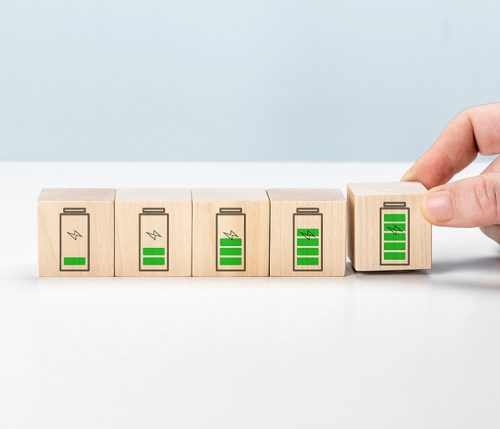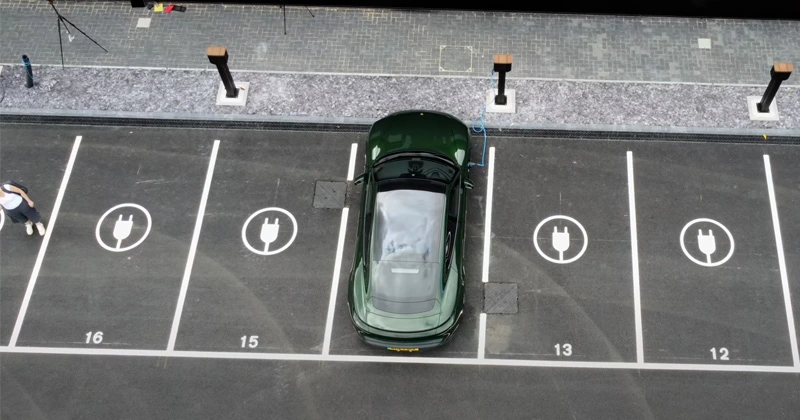As electric vehicle (EV) adoption continues to grow, the efficient management of charging infrastructure becomes increasingly critical. One of the most effective strategies is the use of a load balancing EV charger, which optimizes power distribution across multiple charging points.
Understanding EV Charging Load Balancing
EV charging load balancing is an advanced energy management technique that optimizes power distribution across multiple charging stations. By efficiently allocating available power, this system ensures that all connected vehicles receive sufficient charging capacity without overloading the electrical infrastructure.
Key Benefits of Load Balancing
- Cost Efficiency: Maximize existing infrastructure utilization, reducing the need for expensive upgrades.
- Increased Capacity: Serve a higher number of EVs with the same power supply.
- Enhanced User Experience: Provide faster charging times and reduce service interruptions.
- Grid Stability: Minimize the risk of overloads and potential blackouts.
- Scalability: Easily expand your charging network to meet growing demand.
The Mechanics of EV Charging Load Balancing
An advanced EV charger load management system operates through a series of sophisticated processes:
- Continuous Monitoring: Track power consumption across all charging stations in real-time.
- Capacity Analysis: Evaluate available power capacity dynamically.
- Intelligent Distribution: Allocate power based on predefined rules and priorities.
- Adaptive Adjustment: Modify power distribution as vehicles connect or disconnect.
- Overload Prevention: Implement power limitations when necessary to maintain system stability.
Practical Application: Load Balancing in Action
Consider a scenario with a parking facility equipped with 10 EV charging stations and a total capacity of 100 kW. Without load balancing, power distribution could quickly become imbalanced and inefficient. However, with an intelligent load balancing system in place:
- 4 EVs could receive 20 kW each for rapid charging
- 3 EVs could be allocated 5 kW each for slower, long-term charging
- 3 spots remain available for new arrivals
This dynamic allocation ensures optimal power distribution while maintaining overall system capacity.

Enhance Your EV Charging Infrastructure with Advanced Load Balancing
At Wevo Energy, our EV charging load balancing feature ensures optimized energy distribution across all charging stations, preventing overloads and maximizing efficiency. Whether you’re managing a fleet or offering public charging, load balancing allows you to serve more vehicles with the same power supply, reduce operational costs, and improve overall charging speed. Implementing this feature not only enhances system reliability but also positions your business to scale as EV adoption continues to grow.
Implementing EV Charging Load Balancing
To integrate load balancing into your EV charging infrastructure, selecting the right EV charger load management system is crucial. Consider the following steps:
- Conduct a comprehensive assessment of your current setup and power capacity.
- Evaluate the benefits of static versus dynamic load balancing for your specific needs.
- Select compatible charging stations and management software.
- Install required hardware components, such as smart meters and controllers.
- Configure load balancing rules and priorities to align with your operational goals.
- Perform thorough testing and optimization of the system.
Future Trends in EV Charging Load Balancing
As EV technology continues to evolve, we anticipate several advancements in load balancing systems:
- Integration with renewable energy sources for sustainable charging solutions
- Implementation of AI-powered predictive load management
- Development of vehicle-to-grid (V2G) capabilities for bidirectional energy flow
- Seamless integration with smart city infrastructure and energy management systems
Conclusion
EV charging load balancing represents a crucial component in the development of efficient and scalable electric vehicle infrastructure. By implementing this technology, organizations can optimize their existing resources, improve user satisfaction, and contribute to a more sustainable transportation ecosystem.
For more information on how to enhance your EV charging infrastructure with advanced load balancing technology, please contact our team of experts. We are committed to helping you navigate the complexities of smart EV charging and identifying the optimal solution for your specific requirements.
Ready to electrify your property with clean, efficient charging?
Let’s discuss how Wevo Energy can tailor an EV charging load balancing solution to meet your specific needs and sustainability goals.
Talk to a Specialist

